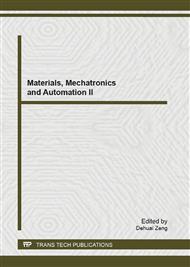p.745
p.750
p.755
p.759
p.765
p.772
p.778
p.782
p.787
Direct Use of the Kozani-8 Well, Geothermal Water through an Integral, Cascade and Hybrid Scheme and its Economic Analysis
Abstract:
Albania is relatively rich with low up to the middle enthalpy, with waters coming out as natural springs (12 springs) and wells (10 wells). The water temperature blowing out of the wells varies from 34°C up to 65.5°C to Kozani-8, the most important among the Albanian geothermal wells. It had been drilled in 1989. Finding of the hot brine was considered and accident at that time, as the well had been designed and drilled to search oil &gas. The well is located on the hills, 26km SE of Tirana. It encounters limestone strata at 1819m, penetrating over 10m into this section. The yield of the well is 10.3 l/s, and is presented stable from more than 23 years. The geographical position of the well, placed in the middle of a village, very close to the Corridor 8, are some of the most important parameters on choosing these waters for our designs and the related calculations. The recreational center provides the cascade and integral use of the Kozani-8 geothermal water, but not only. It also provide the electricity generations, through a hybrid system. The center will be also equipped with SPA, open and closed pools, fitness, massages, greenhouse & also aquaculture pools. The economic analyses, based on the NPV calculations, shows that this resource is completely competitive, and is unjustified its further waste. Despite the fact that the investment is too high (over 5.5 million Euro), it is completely feasible, and this is proven also by the risk analyses. It will also help on improving the living standards for the local community.
Info:
Periodical:
Pages:
765-771
Citation:
Online since:
August 2013
Authors:
Keywords:
Price:
Сopyright:
© 2013 Trans Tech Publications Ltd. All Rights Reserved
Share:
Citation:


